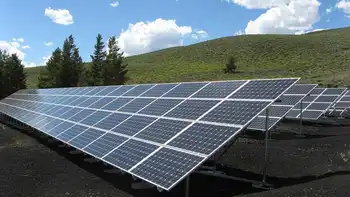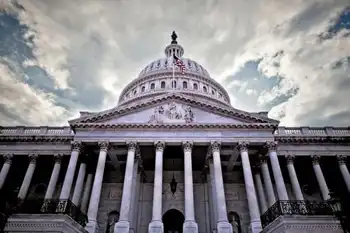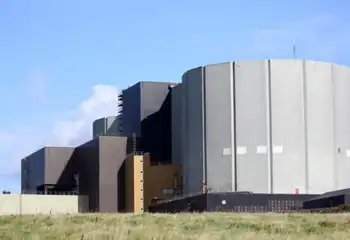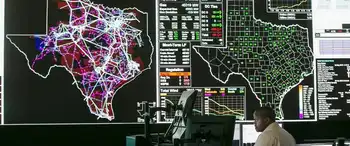By United Press International.
High Voltage Maintenance Training Online
Our customized live online or in‑person group training can be delivered to your staff at your location.

- Live Online
- 12 hours Instructor-led
- Group Training Available
An ad-hoc coalition of companies involved with fuel cells released the plan, "Fuel Cells and Hydrogen: The Path Forward," during a news conference at the House Science Committee's hearing room.
Fuel cells, once the stuff of manned space missions, generate electricity as hydrogen and oxygen combine to make water. Such devices are being incorporated into future automobile designs and power-generation facilities, promising a world of clean and affordable energy, said Rep. Sherwood Boehlert, R-N.Y., committee chairman.
"That world will remain just beyond our reach unless we take concrete, targeted steps to create it," Boehlert said. "Those steps will require action by the government as well as the private sector."
The plan calls for $5.5 billion in federal money over 10 years, almost half going to basic research and development in areas such as cost reduction, durability and hydrogen production.
"This is a level that's comfortably within the federal government's historical level of investment in energy technology," said Robert Rose, executive director of the Breakthrough Technologies Institute, a nonprofit group that prepared the plan. "The industry is doing its part, spending at least $1 billion annually, but there are some things the government can do better."
Just over $1 billion of the plan's suggested spending would help create the infrastructure for distributing hydrogen and educate officials and the public about the technology's advantages. Another $1 billion would enable the government to add more than 7,000 fuel-cell powered vehicles to its fleet by 2011, as well as purchase large-scale fuel cells to provide about 200 megawatts of electricity to federal buildings by 2005.
The government is in the best position to advance the fuel-cell agenda, since it is one of the largest power consumers in the country and operates an extremely large vehicle base, said William Miller, president of UTC Fuel Cells, a South Windsor, Conn.-based part of United Technologies. The best candidates for fuel-cell power would be locations that require stable, reliable current, such as Veterans' Administration hospitals and air traffic control facilities, he said.
Sens. Debbie Stabenow, D-Mich., and Thomas Carper, D-Del., said the government's purchasing clout can help accelerate fuel-cell development.
"Our need for greater energy self-sufficiency is clear; fuel cells are an important component of that security," Carper said. "Industry must be our partner in providing more environmentally sound and sustainable sources of power, and this plan is an example of that partnership."
Stabenow pointed to tax incentives in the Senate's energy bill, which if unchanged could provide several thousand dollars in tax relief to those purchasing a fuel-cell vehicle, as proof of the government's interest in the technology. The House also is focused on fuel cells, Boehlert said.
"The pieces of the House energy bill that emerged from the Science Committee are very much in keeping with the recommendations of the report," Boehlert said. "I expect the final version of the bill will also be good news for the report's authors."











